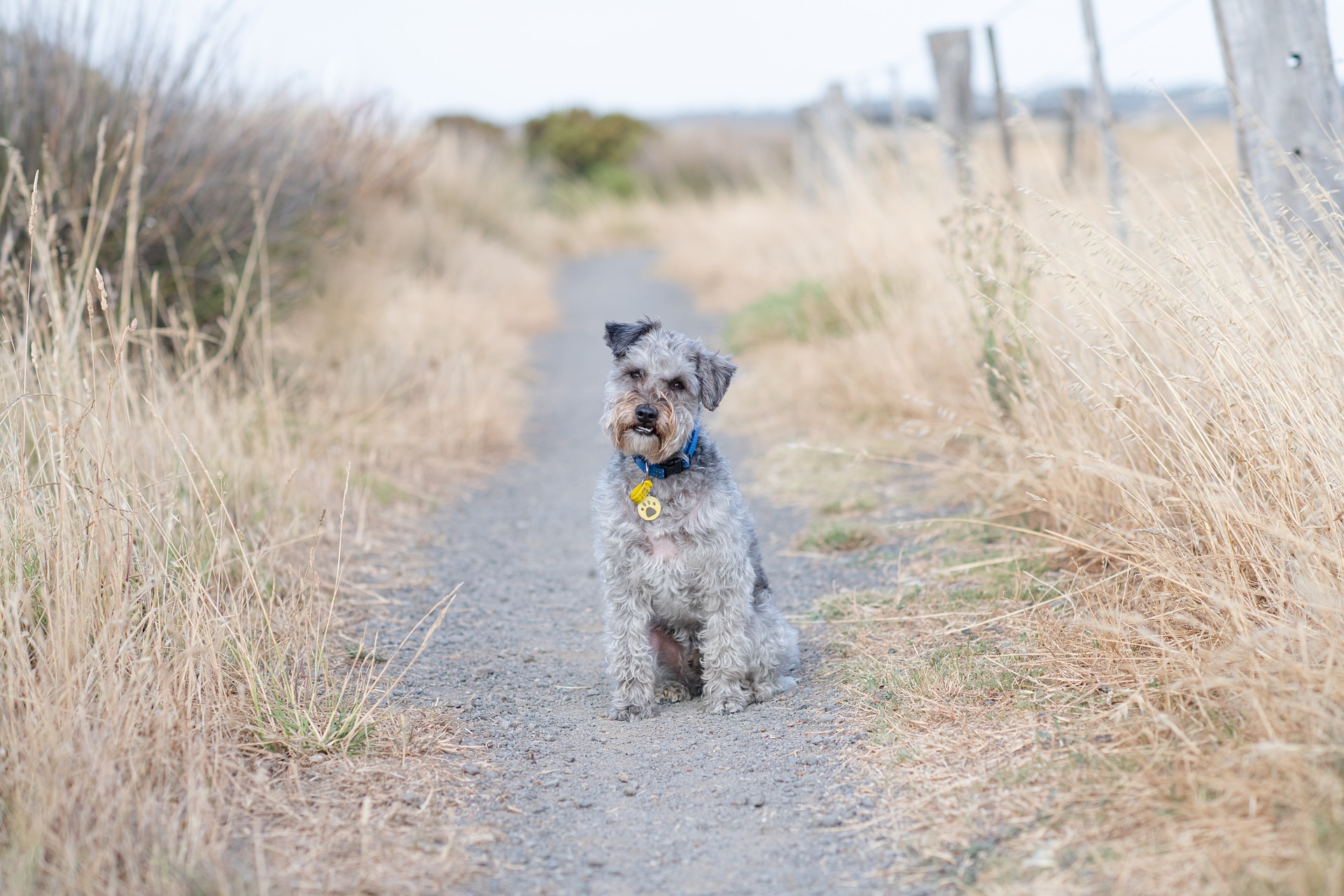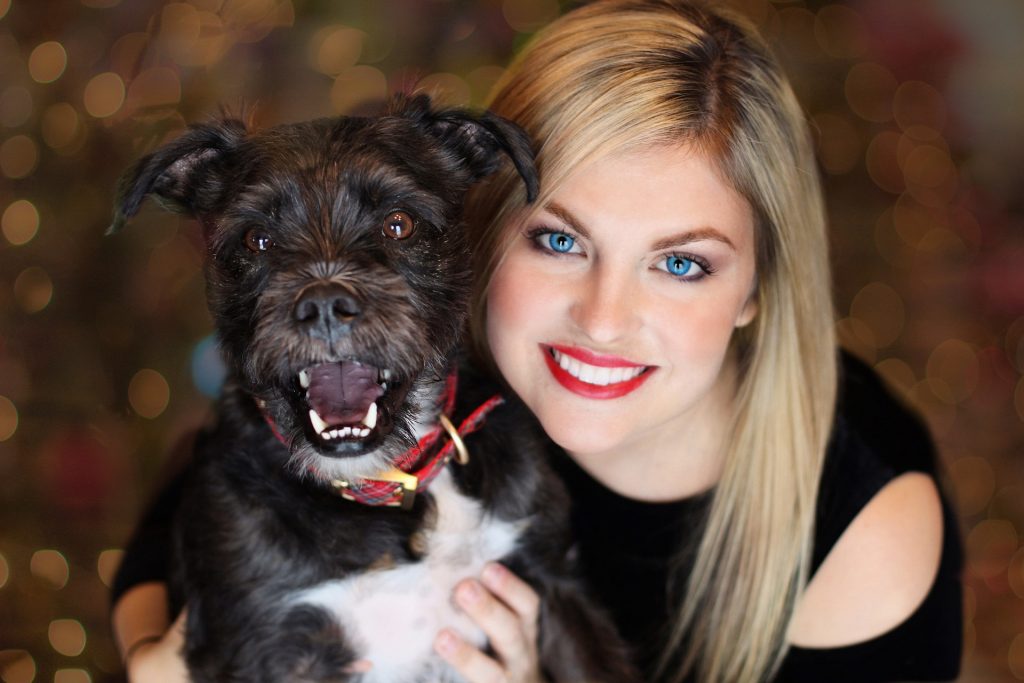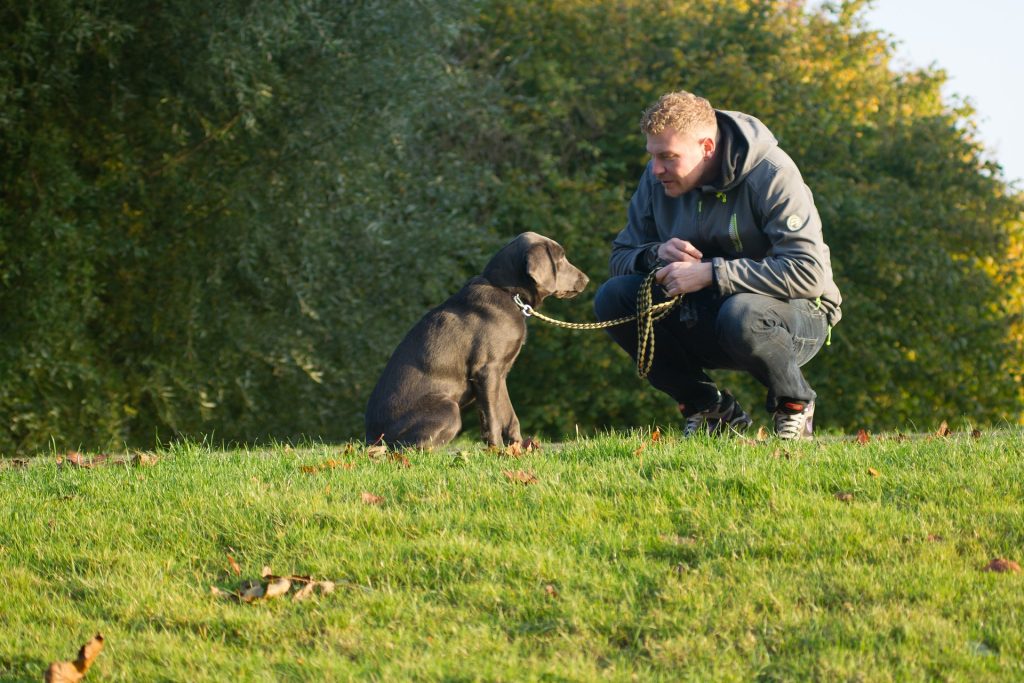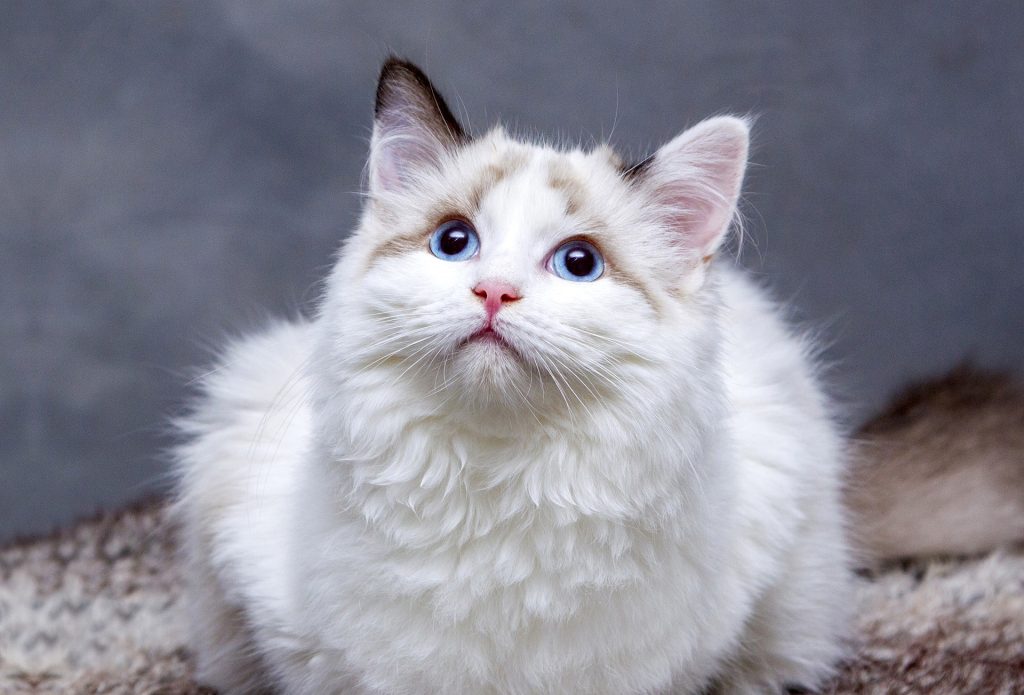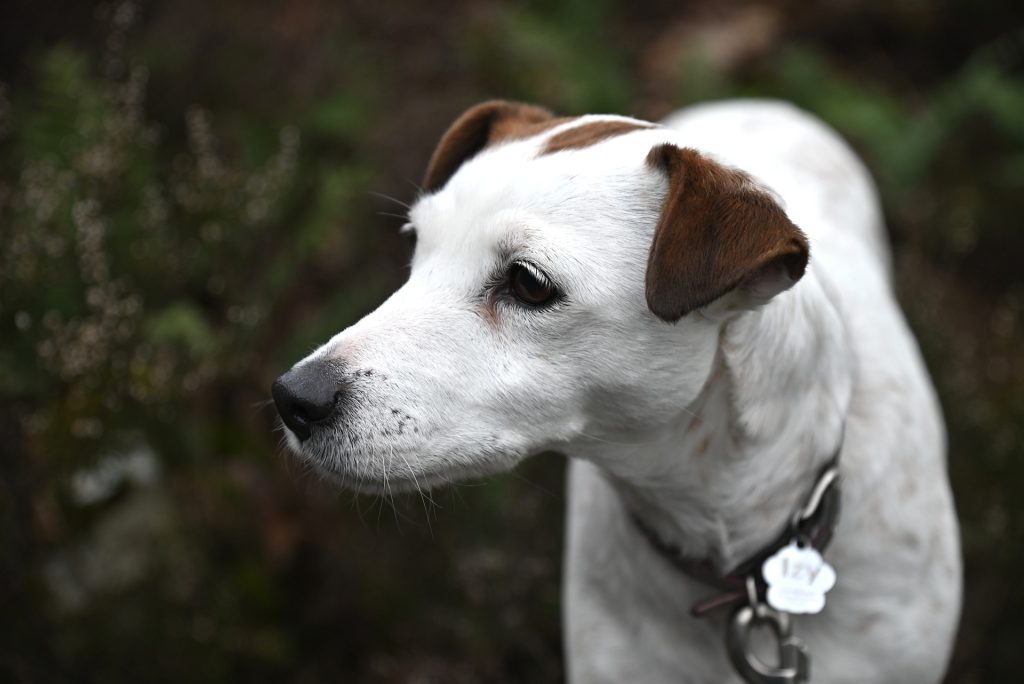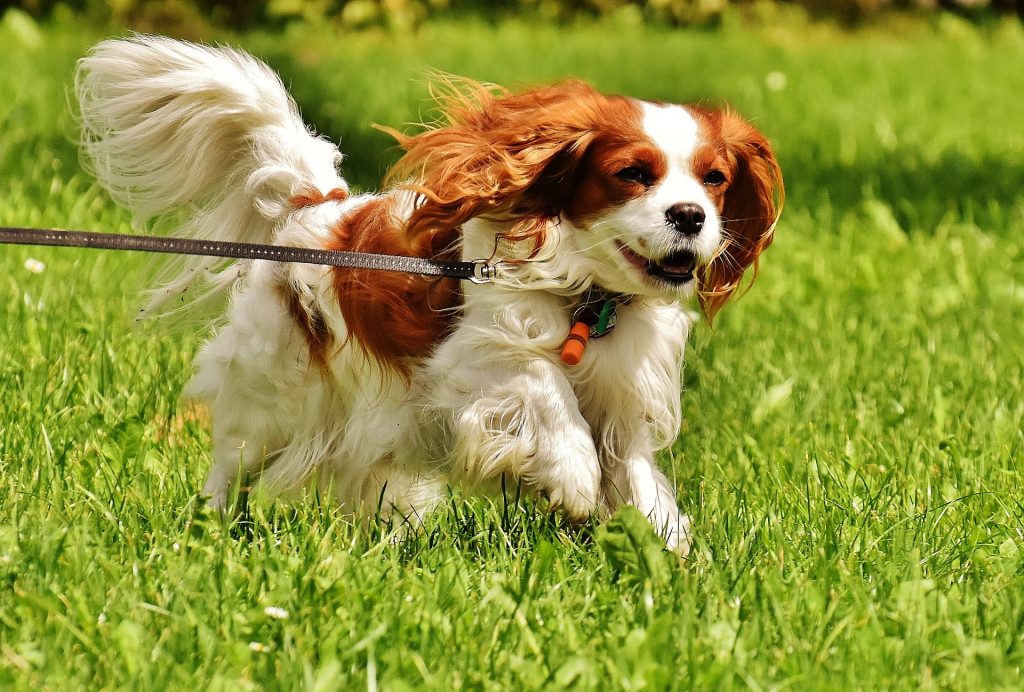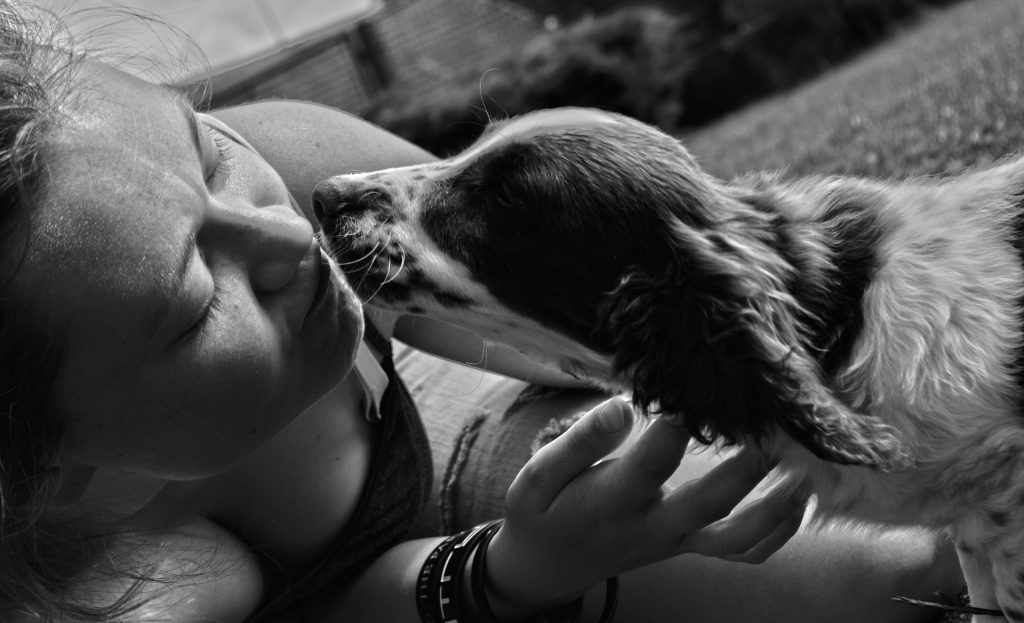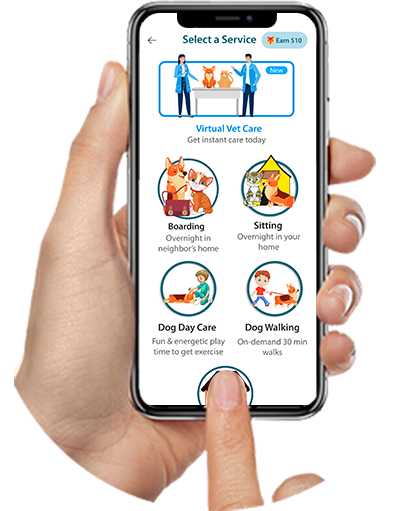Cataracts in cats, while less commonly discussed compared to those in dogs, are a significant concern for feline health. A cataract is a condition where the normally clear lens of the eye becomes opaque, impairing vision. In cats, cataracts can result from various factors, including genetic predispositions, systemic diseases, and injuries. Understanding cataracts in cats involves exploring the anatomy of the feline eye, the causes and risk factors associated with cataracts, the symptoms to watch for, and the diagnostic and treatment options available.
Symptoms of Cataracts in Cats
Recognizing cataracts in cats can be challenging, as cats are often adept at hiding discomfort and may not show visible signs of vision impairment until the condition is advanced. Symptoms to watch for include:
- Cloudy or Opaque Eyes: The most obvious sign of cataracts is a noticeable change in the appearance of the eye. The lens may appear milky or cloudy, and this opacity can vary in severity.
- Behavioral Changes: Cats with cataracts may exhibit changes in behavior due to impaired vision. They may become more cautious or reluctant to jump or climb, bump into objects, or show a lack of interest in activities they previously enjoyed.
- Eye Discharge or Redness: In some cases, cataracts may be accompanied by other eye issues, such as discharge, redness, or squinting, which may indicate underlying inflammation or infection.
- Pupil Changes: Abnormalities in pupil size or response to light can also be indicative of cataracts or other ocular issues.
Causes of Cataracts :
Cataracts in cats can arise from a variety of causes, each affecting the lens differently. Understanding these causes helps in both preventing and managing the condition.
- Genetic Factors
Certain breeds of cats are more prone to developing cataracts due to inherited genetic traits. Breeds such as the Persian, Himalayan, and Abyssinian have been reported to have a higher incidence of hereditary cataracts. These cataracts are often congenital or develop in young cats and can be linked to specific genetic mutations.
- Systemic Diseases
Systemic diseases can significantly contribute to cataract formation. The most notable condition associated with cataracts is diabetes mellitus. Diabetic cats can develop cataracts as a result of prolonged high blood glucose levels, leading to changes in the lens’s biochemistry and ultimately causing it to become cloudy.
- Traumatic Injuries
Injuries to the eye, such as those from sharp objects, fights, or accidents, can lead to cataracts. Trauma may damage the lens directly or induce secondary inflammation that results in cataract formation.
Treatment Advice
The treatment of cataracts in cats depends on the severity of the condition and its impact on the cat’s quality of life.
- Medical Management
In cases where cataracts are not causing significant vision impairment or discomfort, conservative management may be appropriate. This involves regular monitoring and addressing any underlying conditions, such as diabetes, that may be contributing to cataract formation.
- Surgical Intervention
For cats with significant cataracts affecting their vision or quality of life, surgical intervention may be necessary. Cataract surgery involves removing the opaque lens and, in many cases, replacing it with an artificial intraocular lens (IOL). This procedure requires general anesthesia and is typically performed by a veterinary ophthalmologist.
Post-surgical care is crucial and includes administering prescribed medications, monitoring for complications, and ensuring a proper recovery environment.
Preventative Measures
Routine veterinary examinations are essential for the early detection of cataracts and other potential health issues. A balanced diet rich in essential nutrients supports overall eye health. Ensure that your dog’s diet includes antioxidants such as vitamins C and E, which help protect the eyes from oxidative stress. Preventing trauma to the eyes can help reduce the risk of cataracts caused by injury.Maintaining general eye health is crucial in preventing cataracts and other eye issues.
Conclusion
Cataracts in cats, while a serious condition, can be managed effectively with prompt diagnosis and appropriate treatment. Understanding the causes, symptoms, and treatment options available empowers dog owners to seek timely veterinary care and improve their pets’ quality of life. Advances in veterinary ophthalmology continue to enhance the outcomes for dogs with cataracts, offering hope for preserving vision and ensuring that affected dogs can continue to lead happy, fulfilling lives.


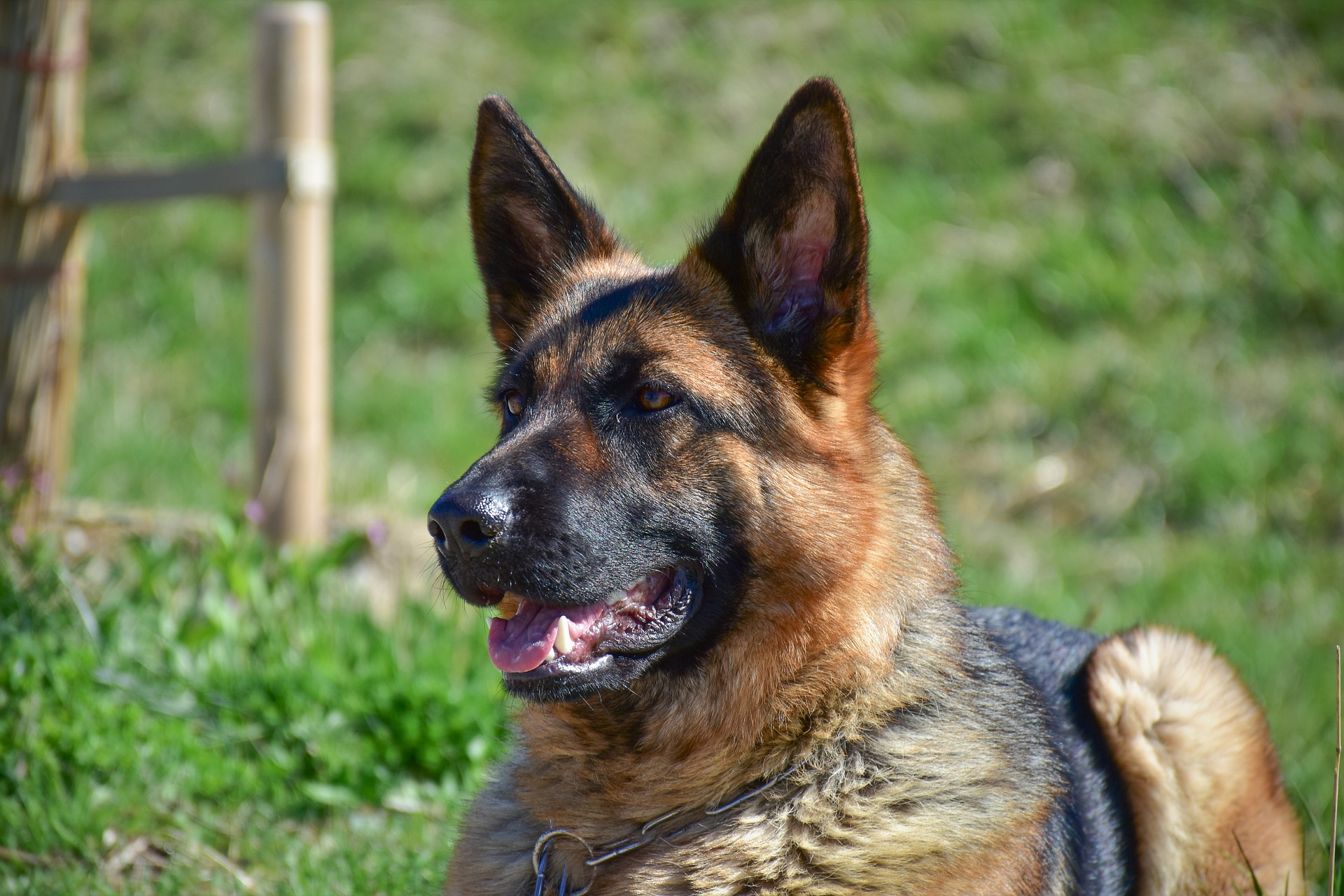

 Unlimited access and follow ups for continuous pet care
Unlimited access and follow ups for continuous pet care 